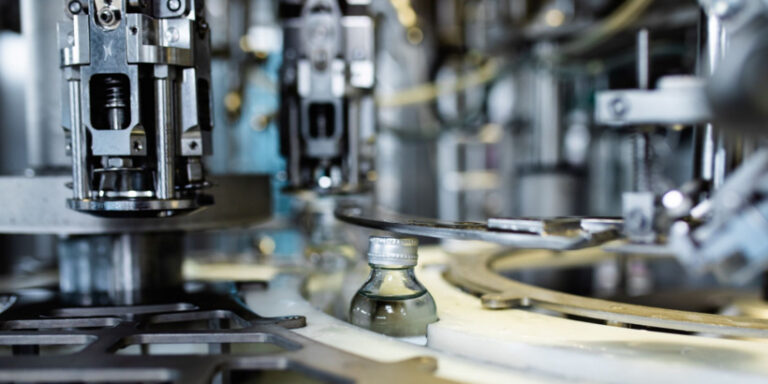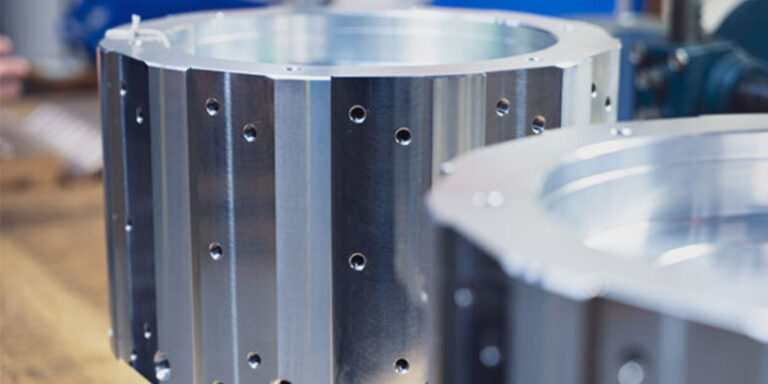The Importance Of Failure Analysis In Mechanical Engineering Design
As a mechanical engineer, I understand the importance of designing products that are safe, reliable and efficient. One key aspect of achieving this is through failure analysis the process of identifying what went wrong when a product or component fails.
Failure analysis helps engineers to identify design flaws and make improvements for future iterations. In this article, we will explore why failure analysis is such an important part of mechanical engineering design.
We’ll delve into some real-world examples where failure analysis has been used to improve designs and prevent catastrophic failures. So whether you’re a seasoned engineer or just starting out in your career, read on to learn more about the critical role that failure analysis plays in creating successful products.
What Is Failure Analysis?
Did you know that according to a study by the National Institute of Standards and Technology, failures in mechanical systems cost the US economy over $100 billion annually?
Failure analysis is therefore an essential aspect of mechanical engineering design. It involves investigating why components or systems fail through protocols such as examining physical evidence, gathering data, and conducting tests.
Data analysis plays a crucial role in failure analysis because it helps engineers identify patterns and determine the root cause of failure. By understanding what went wrong, engineers can implement improvements to prevent future failures and ensure safety and reliability for end-users.
Benefits Of Failure Analysis
Now that we understand the importance of failure analysis in mechanical engineering design, let’s dive into the benefits it provides.
Conducting a thorough failure analysis allows us to not only identify the root cause of the problem but also assess any potential risks associated with it. By understanding what went wrong and why, we can prevent similar issues from occurring in future designs.
In addition, performing a risk assessment helps us prioritize which failures require immediate attention and resources.
Lastly, by determining the root cause of a failure, we gain valuable insight into how our design processes can be improved for better results in the future.
Failure analysis is an essential tool for any engineer looking to create safe and effective products that meet high-quality standards.
Types Of Failure Analysis
Picture this: you’re driving down the highway at 60 miles per hour, and suddenly your car’s engine fails. Scary thought, right? This is why failure analysis plays a crucial role in mechanical engineering design. By determining the root cause of failures, engineers can improve product reliability and prevent these kinds of disasters from happening.
There are several types of failure analysis that engineers use to identify the underlying issues behind system malfunctions. These include visual inspection, non-destructive testing, destructive testing, and analytical methods. Each type has its own strengths and weaknesses depending on the specific situation.
To better understand these different approaches, take a look at the table below:
| Type of Failure Analysis | Description |
|---|---|
| Visual Inspection | Examining components for visible defects or damage |
| Non-Destructive Testing | Using techniques like X-rays or ultrasound to examine parts without damaging them |
| Destructive Testing | Physically breaking down components to analyze their properties |
| Analytical Methods | Using computer simulations or mathematical models to determine potential causes |
By utilizing these various methods, engineers can pinpoint where something went wrong in a particular product and develop solutions that address those problems directly. In doing so, they not only improve product reliability but also ensure public safety by preventing potentially dangerous situations from occurring.
Incorporating failure analysis into mechanical engineering design is essential for creating safe and effective products. Through careful examination using multiple techniques, we can uncover hidden flaws and make improvements that enhance our lives every day.
How To Perform Failure Analysis
Now that we understand the importance of failure analysis in mechanical engineering design, let’s discuss how to perform it effectively. To conduct a thorough failure analysis, you should follow these five key steps:
- Identify and document the failure: Determine what went wrong and gather all available information about the incident.
- Establish goals for the investigation: Decide what you want to learn from the analysis so that your efforts are focused and productive.
- Conduct root cause analysis: Determine why the failure occurred by examining contributing factors such as materials, manufacturing processes, or environmental conditions.
- Develop preventative measures: Based on your findings, create strategies to prevent similar failures in future designs.
- Communicate results and recommendations: Share your conclusions with stakeholders who can benefit from the knowledge gained during your analysis.
By following these steps, you can ensure that your failure analyses are comprehensive and effective. Remember that while conducting an investigation may seem time-consuming initially, identifying problems early on can save significant resources down the line. By understanding root causes of failures and implementing preventative measures, engineers can improve product reliability and safety over time without sacrificing innovation.
Identifying Causes Of Failure
When a component or system fails, it is essential to identify the root cause of the failure. This process involves analyzing test data and examining the failed part thoroughly.
The goal is not only to determine why the failure occurred but also to prevent similar failures from happening in the future. Without identifying the root cause, engineers may make incorrect assumptions about what caused the failure and implement ineffective solutions that do not address the underlying issue.
By using test data and conducting thorough analyses, mechanical engineers can pinpoint exactly where and how a failure occurred, allowing them to develop effective design changes that will prevent similar issues from occurring again in the future.
Techniques Used In Failure Analysis
Identifying the causes of failure is just one part of the process that mechanical engineers use to improve design. Once we understand what went wrong, it’s time to dive deeper and figure out why it happened in the first place. This is where failure analysis comes in.
By using a variety of techniques, we can identify the root cause of a problem and develop strategies for preventing similar issues from occurring in the future. One key aspect of this process is material selection. Choosing the right materials for a given application can have a significant impact on how well a component or system performs over time.
Additionally, there are many different factors that can contribute to failure, including environmental conditions, manufacturing defects, and improper maintenance. In order to fully understand what caused something to fail, we need to carefully consider each of these potential sources and evaluate them against available evidence.
Therefore, regular inspections and maintenance are crucial in preventing failures and ensuring equipment longevity.
Case Studies In Failure Analysis
When it comes to failure analysis in mechanical engineering design, case studies are an essential tool. These real-life examples provide valuable insights into how and why failures occur, helping engineers better understand potential weaknesses in their designs.
Through root cause analysis, engineers can determine the underlying factors that led to a failure, enabling them to make necessary adjustments or improvements for future designs.
It’s important to note that safety protocols should always be considered when conducting failure analysis, as they play a crucial role in preventing catastrophic accidents from occurring.
By studying past failures and taking proactive measures through this type of analysis, we can ensure safer and more reliable mechanical systems overall.
Conclusion
In conclusion, failure analysis is an essential aspect of mechanical engineering design. It helps to identify the causes of failures in machines and component parts, which leads to improvements and better designs.
Personally, I have witnessed how important it is to perform failure analysis on a product before releasing it into the market.
One objection that may arise is the cost of conducting a failure analysis; some people might argue that it’s expensive and time-consuming. However, failing to conduct one can lead to even greater costs such as recalls or lawsuits if a faulty product harms someone.
The benefits outweigh the costs when you consider not only the financial implications but also reputation damage for companies.
Finally, through case studies in failure analysis, we see how other companies have benefited from this process. We learn from their mistakes so we can avoid them ourselves.
By performing regular checks and maintenance on our equipment and using techniques like root cause analysis, we can prevent future problems and ensure safer products for all users.
Ultimately, investing in failure analysis will save us money in the long run while increasing customer trust – something every company should strive for!






